There are plenty of reasons to fall in love with Germany: its lively, pulsating cities, exclusive spas and bars, German beer, designer shopping venues, spectacularly beautiful nature, colorful festivals, high-end hotels, interesting museums and theaters, majestic castles and cathedrals, and last but not least its myriad of great outdoors from cruising the Elbe and Danube to hiking in the Bavarian Alps to spending harvest time in the German vineyards and more. Catering to visitors of every age and interest, including young people, families, honeymooners or 50+ travelers, Germany promises a trip of a lifetime, full of adventures and memorable moments.

A year-round travel destination located in Central Europe, bordering the Baltic Sea and the North Sea, Germany is the most ‘European’ of all countries, composed of 16 states (Bundesländer), each with its own German dialect, customs, traditions and architecture. Germany is characterized by its exceedingly varied landscape, featuring flat lands, hills, lakes, rivers, mountains and large forested areas, with the highest point in the country being the 2,962-meter peak of Zugspitze Mountain in the Bavarian Alps, ideal for climbing.
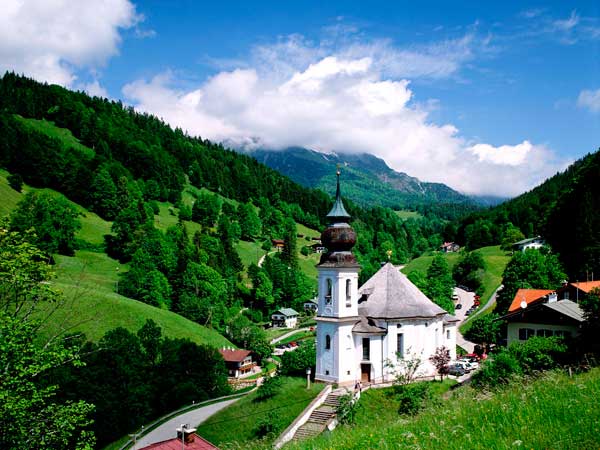
The country experiences moderate climate with warm summers and cold winters. The highest annual temperatures tend to be in the southwest of the country, where there is almost a Mediterranean feel to the landscapes at times. May through September are the most popular months in terms of tourist numbers, however, Germany is also visited in spring and autumn by tourists who want to avoid crowds and are looking for low prices. The winter holidays are also a big draw in their way, mainly due to the many traditional Christmas markets and the fun and entertainment found in every corner of the country.
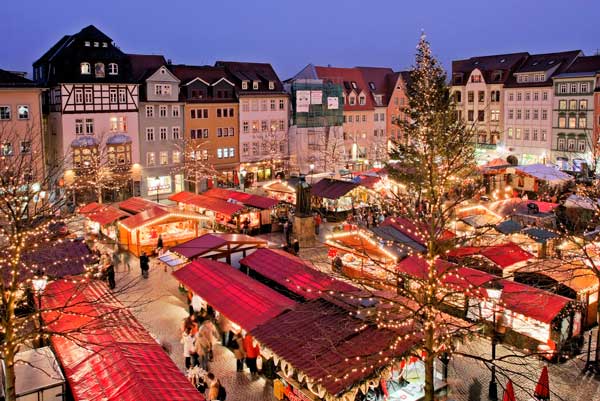
Berlin
The third most visited destination in Europe, Berlin, Germany’s national capital, is a city of two faces: the old city seeped in unique and stunning history, and the new and cosmopolitan one, with many high-rise buildings, chic restaurants, and grand opera and guerrilla clubs. With lots to discover, lots to encounter and a lot more to experience, Berlin offers everything you could dream of for sightseeing.

The awe-inspiring Brandenburg Gate is perhaps the best-known attraction in Berlin that has become the symbol of the country since the fall of the Berlin Wall. Built in 1791 by Friedrich Wilhelm, the Brandenburg Gate was designed by architect Carl Gotthard, and is crowned with the sculpture of the Quadriga, a 4-horsed chariot driven by Victoria, the winged goddess of victory.
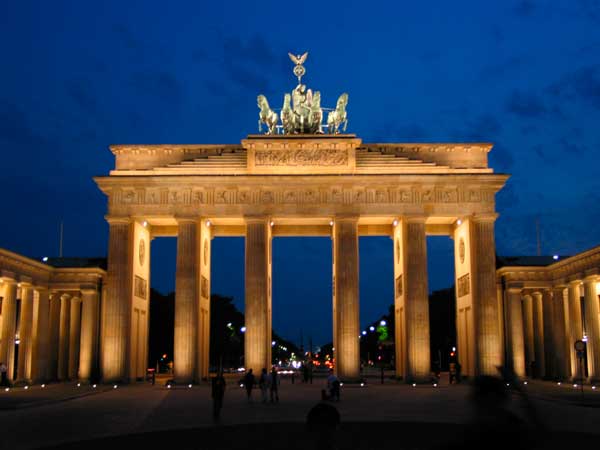
Another famous landmark in Berlin is the historic Reichstag Building, an impressive six-story complex in the style of the Italian Renaissance, which today is the seat of the German Government. Covering an area of approximately 13,290 square meters and surrounded by four towers 40-meters at height, Reichstag attracts visitors with its truly striking glass dome, covering the main hall, which due to its special sensors preventing direct rays of sunlight entering the building and thus blinding those below, makes it a very popular attraction that is certainly worth a visit.
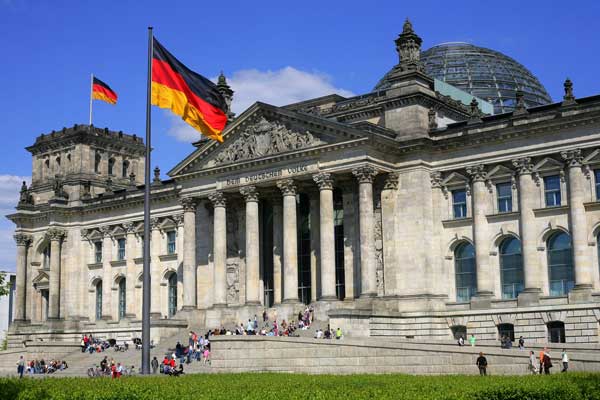
Berlin Museum Island (Museumsinsel) is also among the list of must-see Berlin attractions, a group of no more than five museums, built between 1824 and 1930 to allow general public to view the royal art treasures of Germany. They include: Atles Museum Berlin – Old Museum, Alte Nationalgalerie Berlin – Old National Gallery, Bode Museum Berlin, Pergamonmuseum Berlin and Neues Museum – New Museum in Berlin. Located between the Spree River and the Kupfergraben, the Museum Island was granted UNESCO National Heritage Site status in the year 1999.
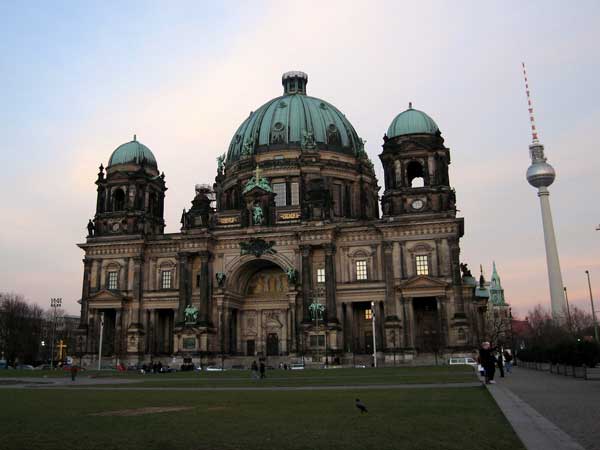
Other places of interest in the city are Friedrichstadt-palast, one of Europe’s best Show Palaces, Berlin Cathedral, and Checkpoint Charlie. Berlin Zoo and Aquarium also provide a happy distraction. Whether you visit Berlin in summer or during New Year Eve, be sure to spend a wonderful time, leaving the city with the desire to come back!


ich marcht besucht deustchand uber tourusmus